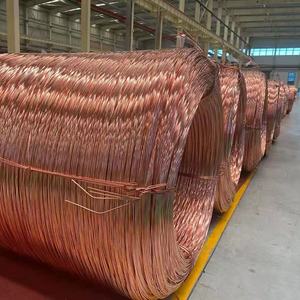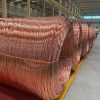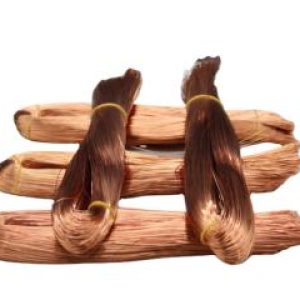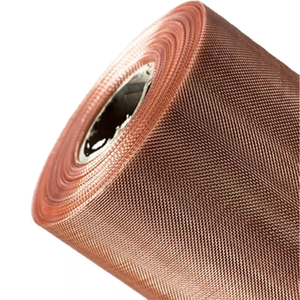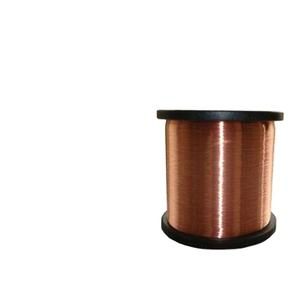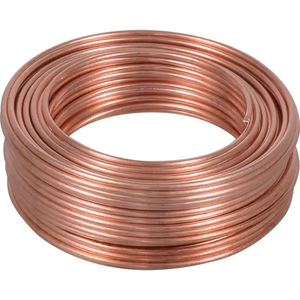
(Micron Copper Wire Mesh Faraday Cage Shielding Copper Wire)
Parameters of Micron Copper Wire Mesh Faraday Cage Shielding Copper Wire
The Micron copper wire mesh faraday cage shielding copper wire is designed to protect electrical equipment from external electromagnetic interference (EMI) and radio frequency (RF) emissions. It consists of a layer of, which creates an effective shield against EMI and RF.
Here are the parameters commonly used in specifying this type of shielding:
* Dielectric constant: This is the ratio of the dielectric constant of the shielding material to that of air, and it determines how well the shielding works against EMI and RF emissions. A lower dielectric constant means that the shielding is more effective at reducing EMI and RF emissions.
* Conductivity: This parameter measures the conductivity of the shielding material. Higher conductivity means that the material can conduct electricity easily and efficiently, which can help reduce EMI and RF emissions.
* Imp: This parameter measures the sensitivity of the shielding material to external signals. A higher imp means that the material will be more sensitive to EMI and RF emissions and may require additional shielding.
* Material type: The specific type of copper wire mesh used in the faraday cage shielding depends on the level of protection required. Common materials include sheet metal, braided wire, and copper wire mesh with a specific weave pattern.
Overall, the Micron copper wire mesh faraday cage shielding copper wire is a versatile and effective solution for protecting electrical equipment from EMI and RF emissions.
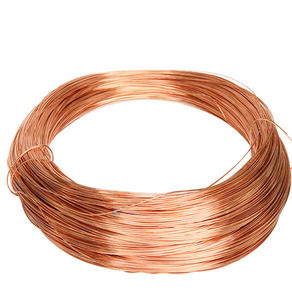
(Micron Copper Wire Mesh Faraday Cage Shielding Copper Wire)
Applications of Micron Copper Wire Mesh Faraday Cage Shielding Copper Wire
-
Electrical Wiring: Used extensively in building wiring for lighting, heating, and power distribution due to its high conductivity and safety.
-
Electronics: Found in PCBs, transformers, motors, and various electronic components where precise signal transmission is crucial.
-
Telecommunications: Copper wires, especially twisted pairs, are used in telephone lines and data transmission cables.
-
Power Transmission: Thicker copper wires are used in power grids for transmitting electricity over long distances.
-
Automotive Industry: Copper wiring is essential in vehicles for the electrical system, including ignition, lighting, and control systems.
Company Profile
Copper Channel is a trusted global metal material supplier & manufacturer with over 12-year-experience in providing super high-quality copper products and relatives products.
The company has a professional technical department and Quality Supervision Department, a well-equipped laboratory, and equipped with advanced testing equipment and after-sales customer service center.
If you are looking for high-quality copper materials and relative products, please feel free to contact us or click on the needed products to send an inquiry.
Payment Methods
L/C, T/T, Western Union, Paypal, Credit Card etc.
Shipment
It could be shipped by sea, by air, or by reveal ASAP as soon as repayment receipt.
FAQs of Micron Copper Wire Mesh Faraday Cage Shielding Copper Wire
Q: Why is copper used more than other metals for wiring?
A: Copper’s high conductivity, combined with its relatively low cost compared to precious metals like gold or silver, makes it the preferred choice for electrical wiring applications.
Q: Is Micron Copper Wire Mesh Faraday Cage Shielding Copper Wire insulated?
A: No, not all copper wires are insulated. Bare copper wire is used in grounding applications and where direct contact with other conductive materials is intended.
Q: How do you determine the gauge of a Micron Copper Wire Mesh Faraday Cage Shielding Copper Wire?
A: The gauge of a Micron Copper Wire Mesh Faraday Cage Shielding Copper Wire refers to its diameter and is typically measured using the American Wire Gauge (AWG) system, where a lower number indicates a thicker wire.
Q: Can Micron Copper Wire Mesh Faraday Cage Shielding Copper Wire be recycled?
A: Yes, copper is highly recyclable. Old or scrap copper wire can be melted down and reused without losing its properties, making it an environmentally friendly material.
Q: What is the difference between stranded and solid copper wire?
A: Solid copper wire consists of a single, unbroken strand, whereas stranded copper wire is composed of multiple thinner wires twisted together, providing increased flexibility and durability, especially in applications where frequent movement or bending occurs.
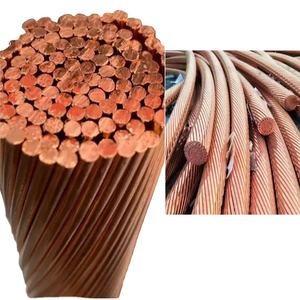
(Micron Copper Wire Mesh Faraday Cage Shielding Copper Wire)
